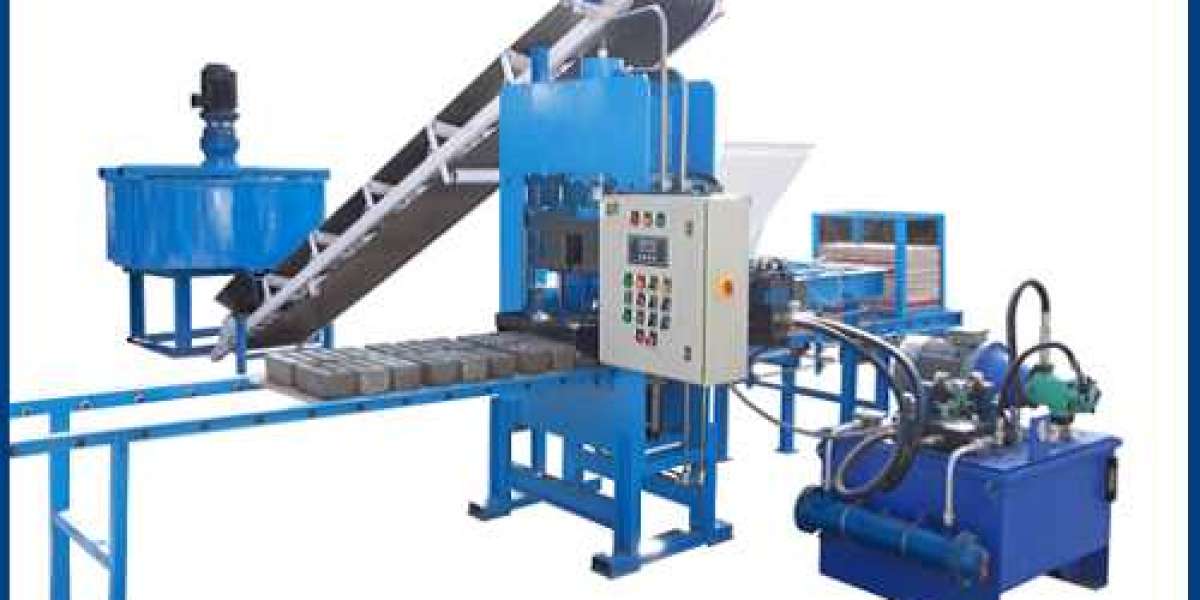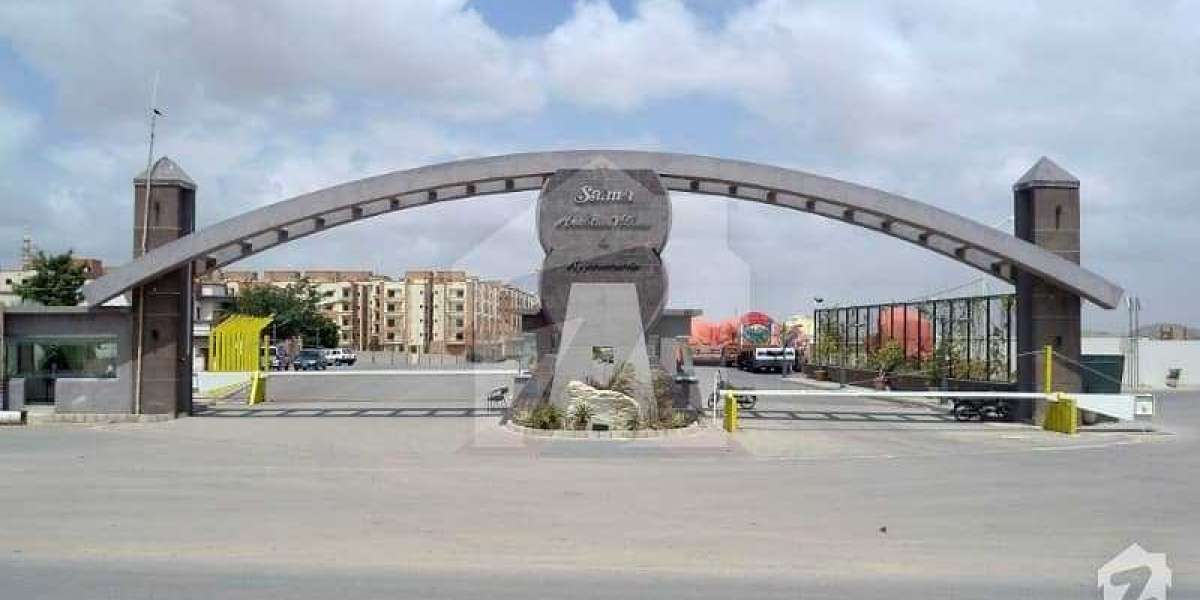In the realm of construction, innovation continues to reshape traditional practices. One such game-changer is the brick making machine. These machines have transformed the way bricks are produced, providing numerous benefits for builders and revolutionizing the construction industry. In this article, we will explore the various aspects of brick making machines, including their operation, advantages, and impact on sustainable construction.
I. Understanding Brick Making Machines:
Brick making machines are advanced mechanical devices designed to automate the brick production process. These machines are capable of molding and shaping bricks in various sizes and shapes, catering to the diverse needs of construction projects. They consist of several components, including a hopper, conveyor belt, mixer, mold, and hydraulic system, working in harmony to streamline the production of bricks.
II. How Do Brick Making Machines Work?
The working principle of a brick making machine involves several stages:
- Raw Material Preparation: The process begins with raw material preparation. Clay, cement, or other suitable materials are mixed with water to form a consistent mixture. This mixture is then poured into the machine's hopper.
- Mixing and Molding: Inside the brick making machine, the raw material mixture undergoes thorough mixing to ensure uniform composition. The mixer ensures the incorporation of water, binders, and other additives, resulting in a homogenous blend. Once mixed, the material is transferred to the mold through a conveyor belt.
- Compression and Shaping: The mold in the machine is carefully designed to shape the bricks according to the desired specifications. The hydraulic system exerts pressure on the material inside the mold, compressing it and forming the brick's shape. This pressure is crucial for ensuring the strength and durability of the final product.
- Drying and Curing: After shaping, the newly formed bricks are removed from the machine and placed in a controlled environment for drying and curing. This process allows the bricks to solidify and gain strength.
III. Advantages of Brick Making Machines:
The integration of brick making machines in construction projects offers several significant advantages:
- Increased Efficiency and Productivity: Brick making machines automate the production process, significantly reducing the manual effort and time required. This increased efficiency leads to higher productivity, allowing builders to meet deadlines and complete projects faster.
- Consistent Quality: With brick making machines, every brick produced adheres to a consistent standard. The precise control over the molding process ensures uniformity in shape, size, and density. This uniformity results in stronger structures and minimizes waste.
- Cost Savings: Brick making machines contribute to cost savings in multiple ways. Firstly, the reduction in labor requirements reduces labor costs. Additionally, the optimized use of raw materials minimizes waste, lowering material expenses. Moreover, the increased speed of production accelerates project completion, reducing overall construction costs.
- Customization Options: Modern brick making machines offer flexibility in terms of brick size, shape, and design. Builders can easily customize the bricks to suit their specific architectural requirements, enhancing the aesthetics of the constructed buildings.
IV. Impact on Sustainable Construction:
Brick making machines play a vital role in promoting sustainable construction practices:
- Environmental Preservation: By utilizing brick making machines, the demand for traditional brick kilns, which emit harmful pollutants, is significantly reduced. The machines operate on electricity or other eco-friendly power sources, minimizing the carbon footprint associated with brick production.
- Resource Optimization: The controlled molding process in brick making machines ensures optimal use of raw materials. The machines facilitate the recycling of construction waste, enabling the production of bricks from recycled materials. This conserves natural resources and reduces waste accumulation in landfills.
- Energy Efficiency: Brick making machines are designed to be energy-efficient. The use of advanced technologies, such as hydraulic systems and automated processes, ensures minimal energy consumption during production.
Conclusion:
The brick making machine represents a groundbreaking innovation in the construction industry. Its ability to streamline the brick production process, enhance productivity, maintain consistent quality, and promote sustainable construction practices makes it an indispensable tool for modern builders. By embracing this technology, construction professionals can unlock numerous benefits and contribute to a more efficient and environmentally conscious future.








